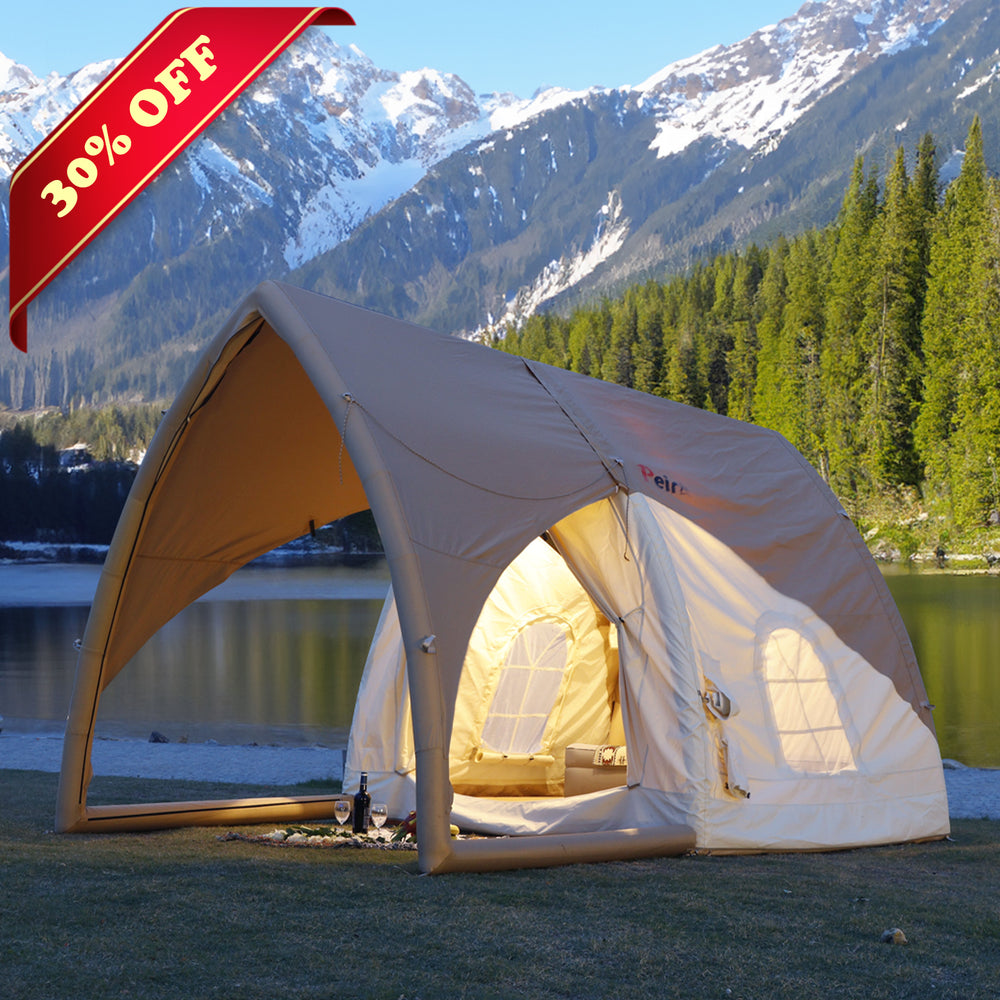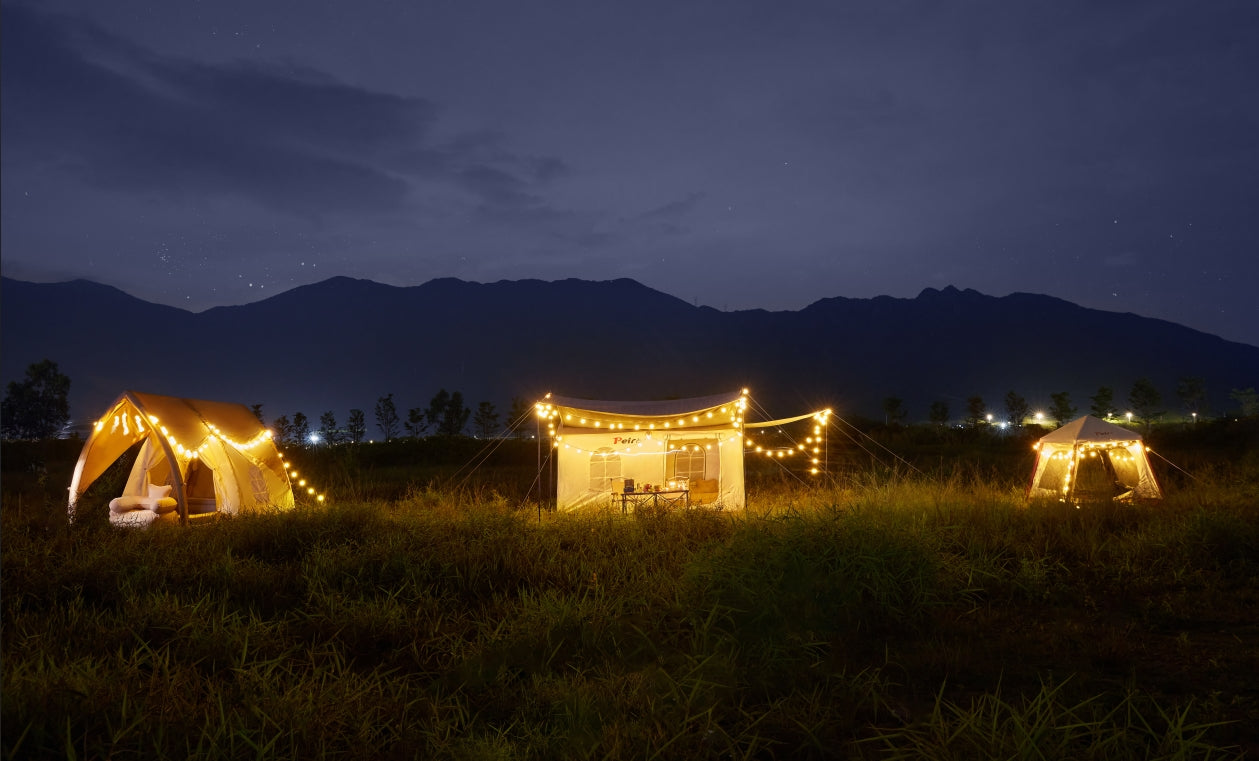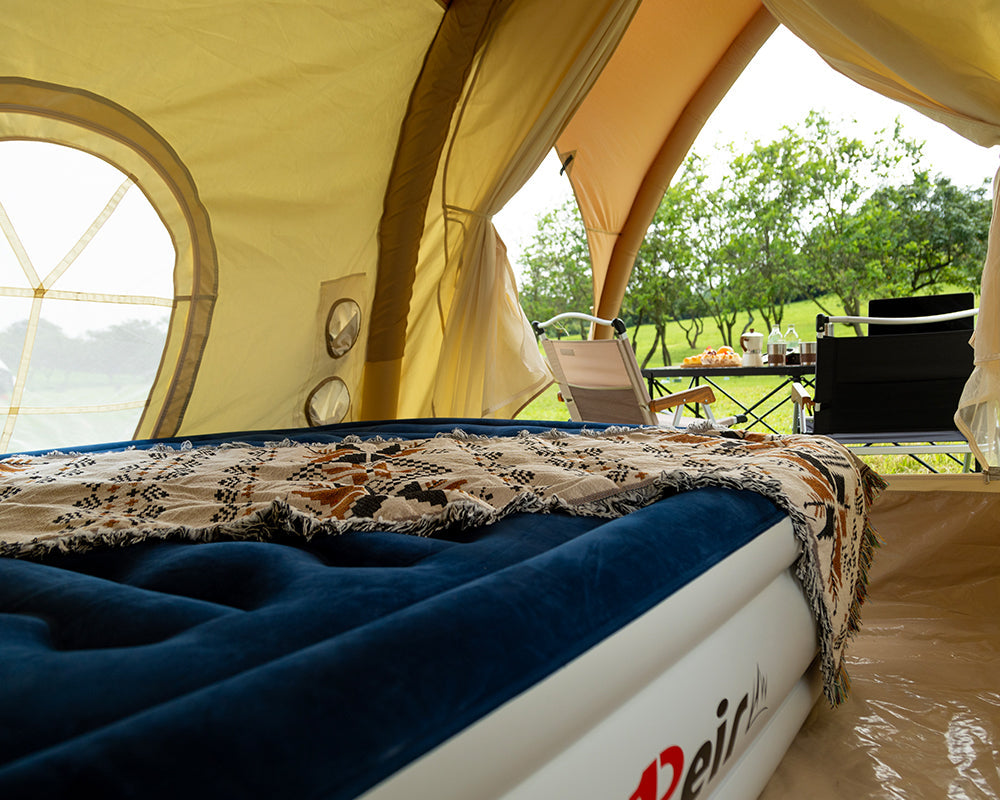A sleeping bag can be one of the most cherished and essential items in your camping gear. Whether it's down or synthetic, ensuring proper care in the wilderness will make it last longer and perform at its best.
1. Keep It Clean and Dry
One of the most important steps for maintaining your sleeping bag's insulating power is keeping it clean and dry. This is especially critical for down sleeping bags, as moisture and dirt can significantly reduce their ability to keep you warm. However, synthetic bags also benefit from similar care.
2. Wear Clean Clothes
Even if you're exhausted after a long day of hiking, resist the temptation to crawl into your sleeping bag in the clothes you’ve been wearing. Body oils, sweat, and dirt that accumulate during the day will compromise the insulating power of your bag over time. Change into clean clothes before bed—preferably long underwear and socks if it's cold, or at least a clean shirt and underwear if the weather is warm. To prevent your bag's hood from accumulating oils from your hair, consider wearing a clean knit cap or bandana. If you’ve used sunscreen, make sure to wipe it off to avoid it soaking into your bag.
3. Protect from Cooking Odors
If you're camping in bear country, this is especially important. Change out of the clothes you used for cooking and avoid letting food odors seep into your sleeping bag, as this could attract wildlife.
4. Use a Sleeping Bag Liner
Liners are a great addition to your sleeping bag. Made from materials like cotton, silk, wool, or polyester, they serve as a barrier between you and the bag, preventing it from getting dirty. They are lightweight and help regulate temperature by adding a few extra degrees of warmth. The best part? After each trip, you can simply wash the liner, keeping your sleeping bag much cleaner.
5. Give Your Bag Ground Protection
If you're sleeping directly on the ground, it’s crucial to protect your sleeping bag from sharp objects. Place a pad or groundsheet underneath it to shield it from sticks, rocks, and other debris. While some sleeping bags feature durable waterproof fabric, the underside still needs protection.
6. Handle with Care
Sleeping bags are not meant to be used as makeshift furniture or trampolines. Avoid jumping around inside your bag or standing in it, as this can damage the toe box. If you plan on sitting by the fire with your sleeping bag wrapped around you for warmth, use an older synthetic one—don’t risk burning your expensive down bag with campfire sparks.
7. Be Picky About Lending Your Sleeping Bag
If a friend wants to borrow your sleeping bag, you might hesitate. After all, will they care for it as much as you do? If you decide to lend it out, make sure to provide instructions on how to use the zippers and cords, and ask them to use a liner to help keep it clean.
8. Be Patient with Zippers
Zippers can be a major frustration when they snag or come undone, especially if it's dark and you're trying to zip up in a hurry. Get to know your sleeping bag's zipper at home, practicing its use so you can zip it up without damaging the fabric when you're out in the field.
9. Air Out Your Sleeping Bag
It’s a good habit to air out your sleeping bag each day during your trip, even if you have to wait until midday. Turning it inside-out allows moisture to escape. Don’t leave it in direct sunlight for too long, as UV rays can degrade the fabric over time. If your bag gets especially wet, you may need to air it out for several hours. Don’t forget to give your bag a thorough airing out once you return home from a trip.
How to Stuff and Store a Sleeping Bag
When you’re out on the trail, you’ll likely use a stuff sack to compact your sleeping bag. These sacks come in various sizes, and there are compression and waterproof options available. However, you should also be mindful of how you store your sleeping bag when it’s not in use, as proper storage is key to preserving its loft and insulating properties.
How to Wash and Dry Your Sleeping Bag
Down sleeping bags require more delicate handling, and some campers prefer professional cleaning services for them. However, if you're comfortable doing it yourself, here’s how you can clean your bag, regardless of whether it’s down or synthetic.
1. Spot Cleaning Your Sleeping Bag
Instead of washing your bag frequently, consider spot cleaning it when possible. Washing it too often can cause wear and tear, and reduce its loft. A gentle method is to make a paste of non-detergent soap and water, and use a toothbrush to carefully scrub areas that tend to accumulate oils—such as the hood and collar. Hold the fabric away from the insulation to avoid getting the fill wet. Spot cleaning is an effective way to maintain your bag's cleanliness between major washes.
2. Should I Wash My Sleeping Bag Before First Use?
It’s best not to wash your sleeping bag before using it for the first time. Instead, shake it out well and let it air for a few hours. Avoid direct sunlight, as UV rays can weaken the fabric. Only give it a proper wash after about 50 nights of use or if it becomes noticeably dirty.
3. Washing Your Sleeping Bag in a Machine
While down sleeping bags require more care, synthetic bags can be machine washed on a gentle cycle. Always check the care label on your bag first to confirm whether machine washing is safe. As a general rule, synthetic bags can withstand more frequent washes, while down bags should only be washed when absolutely necessary.
4. Can I Wash My Sleeping Bag at 60 Degrees Celsius (140°F)?
Never wash a down sleeping bag at 60 degrees Celsius. For synthetic bags, it's best to keep the water temperature no higher than 30°C (86°F) to preserve the fabric and insulation. Again, always consult the care label before washing.
5. Washing Your Sleeping Bag Properly
For down bags, hand washing is often the safest option, but if needed, you can machine wash them on a delicate cycle. Synthetic bags can be machine washed, as long as the washing machine has a large enough capacity. Make sure to follow all instructions on the care label for the best results.


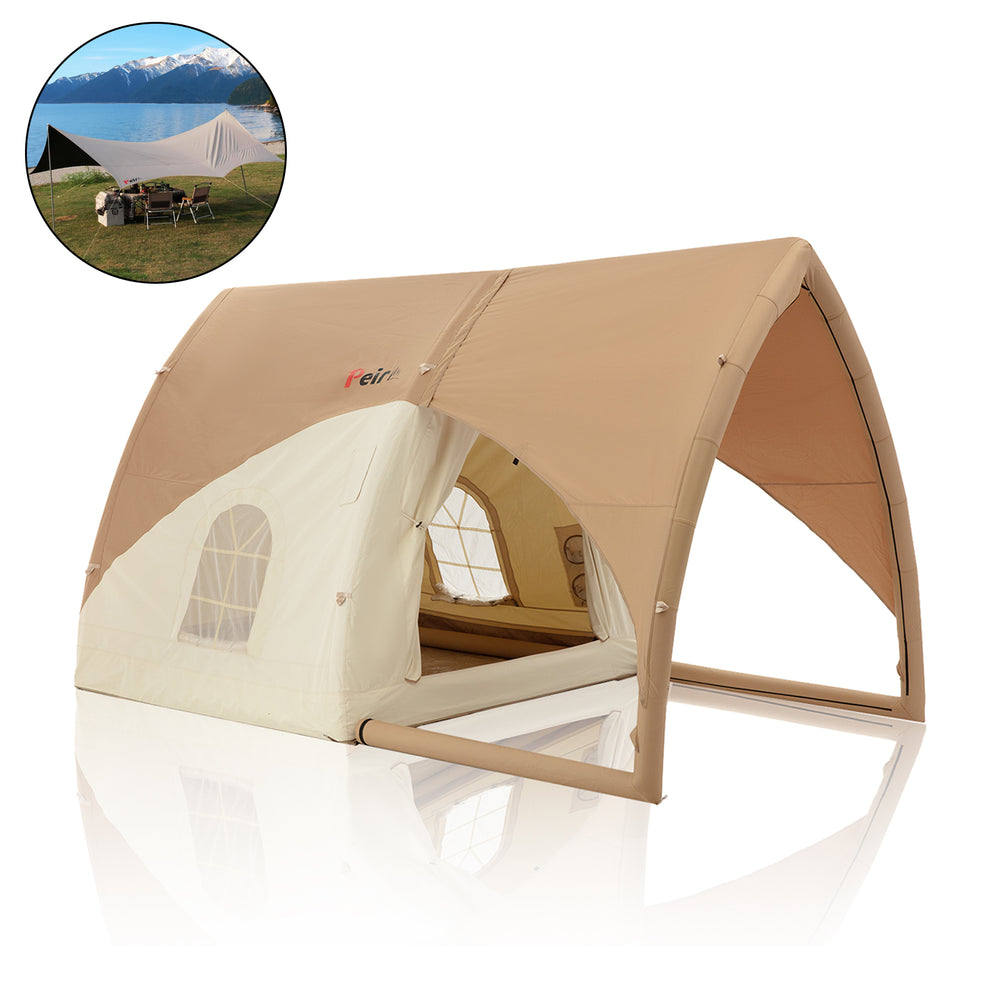
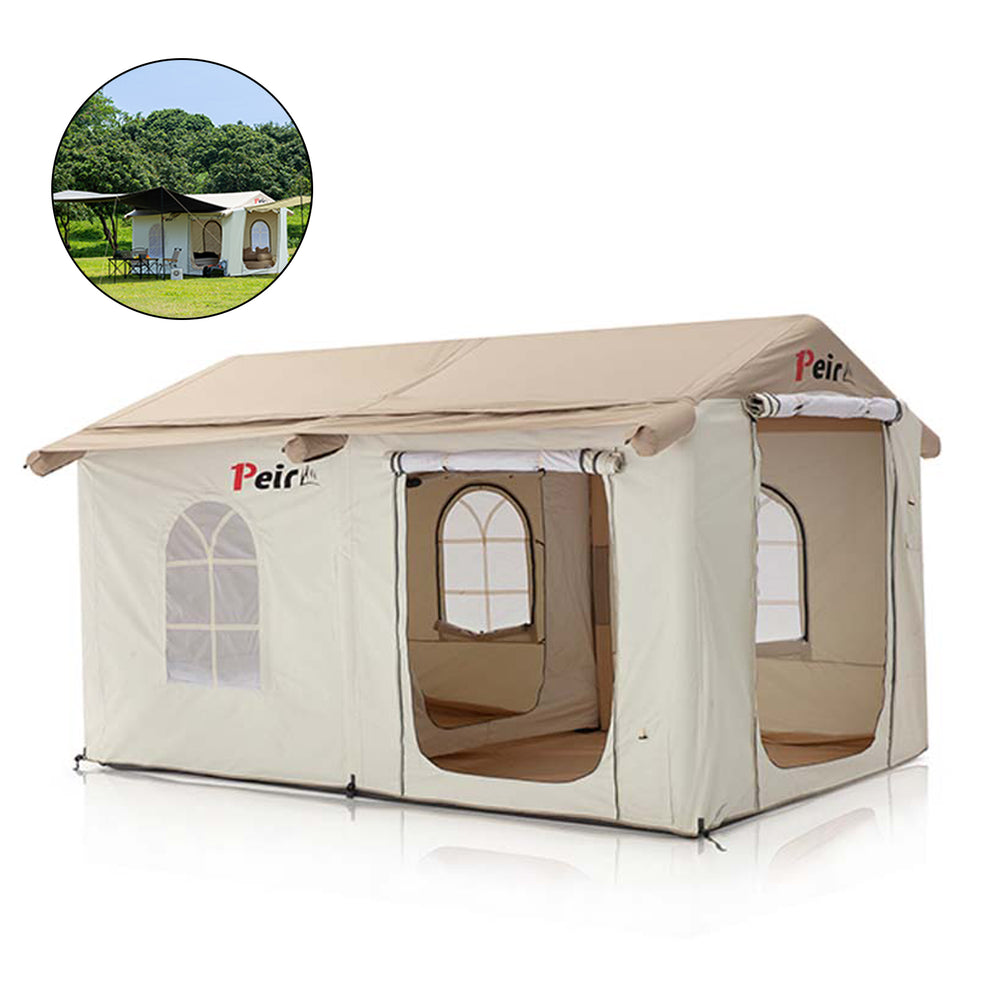
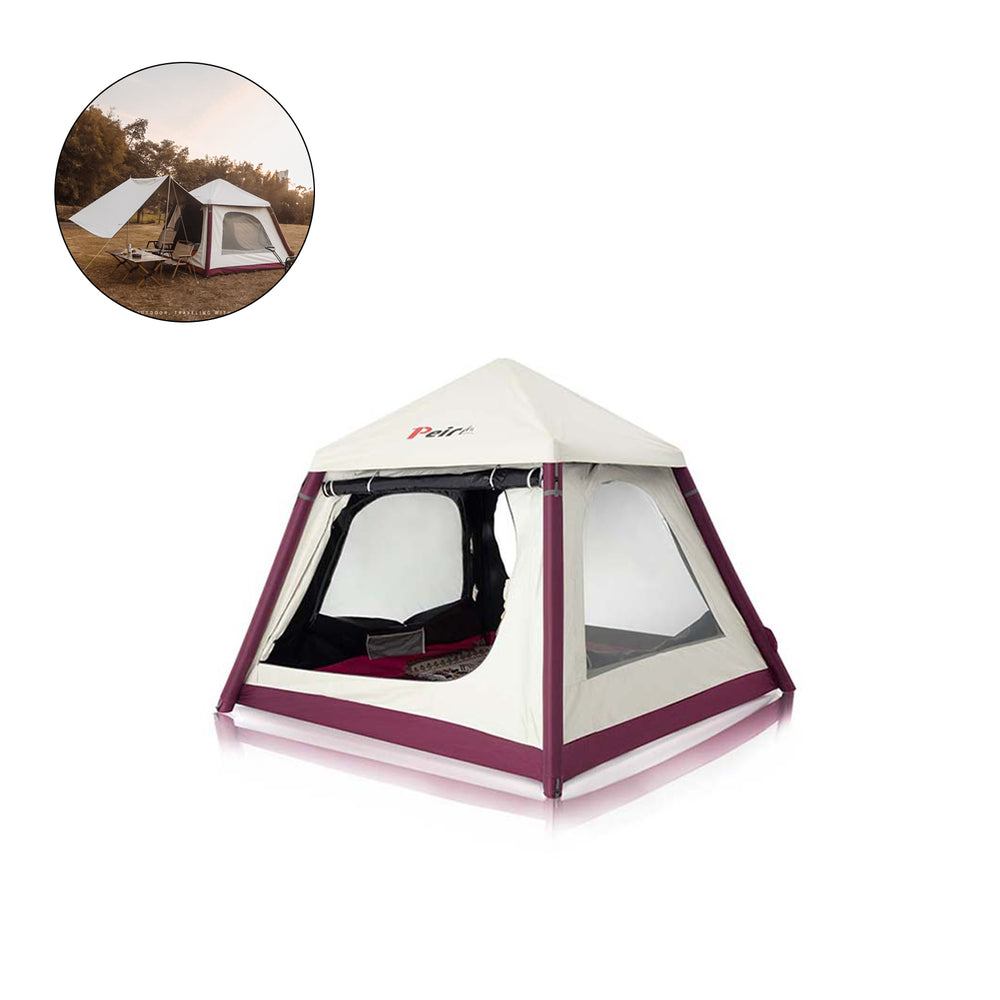

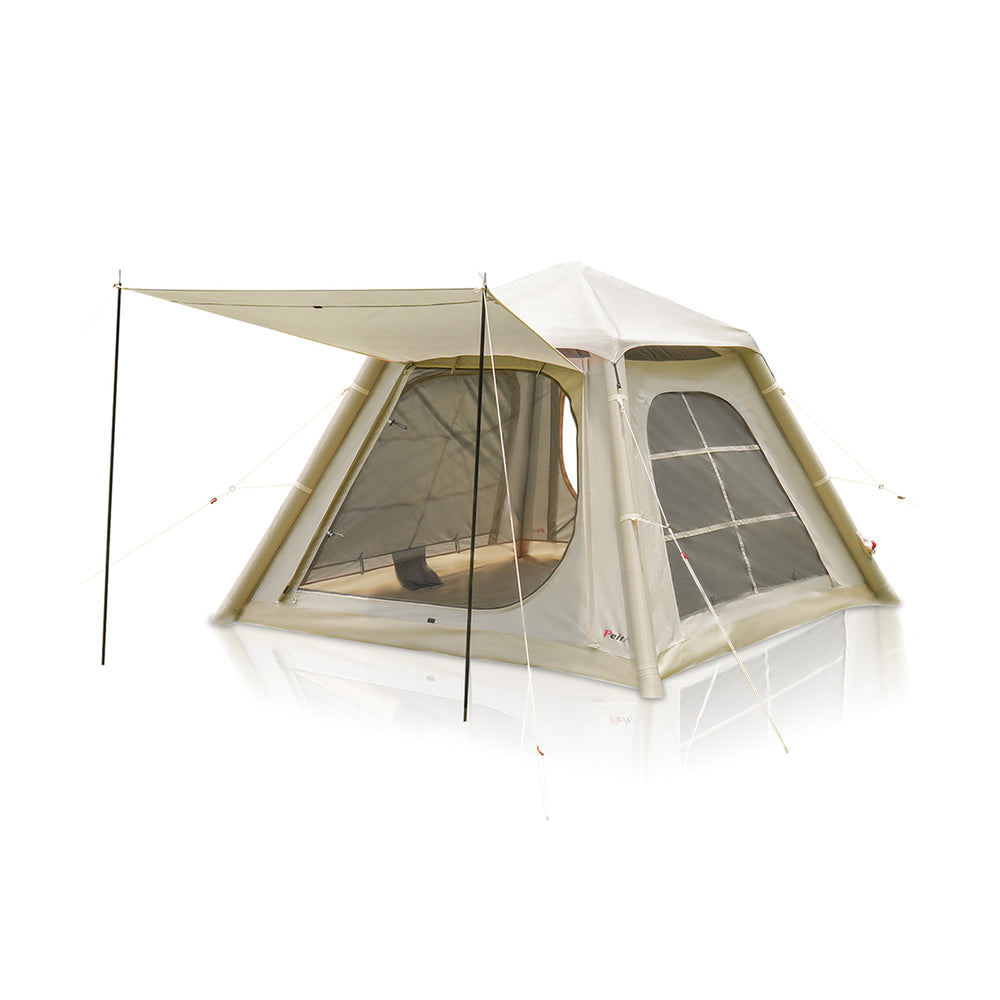

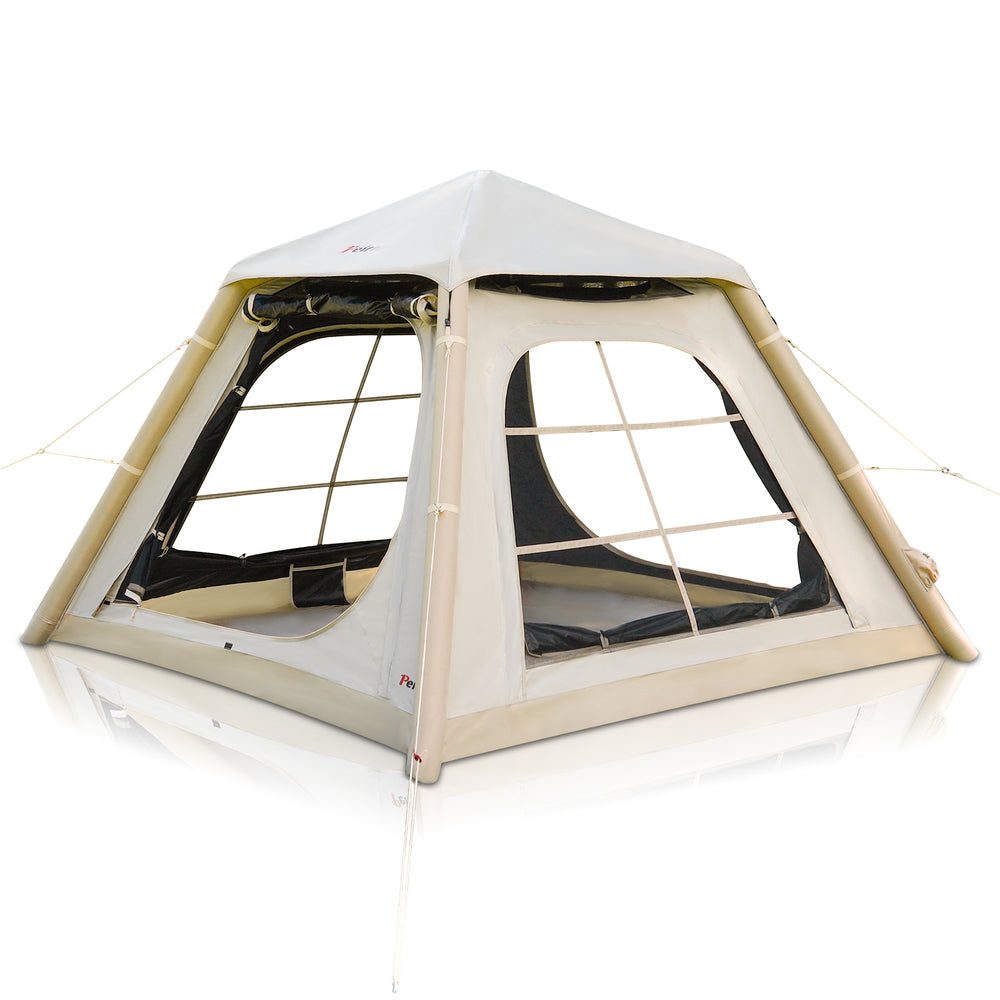
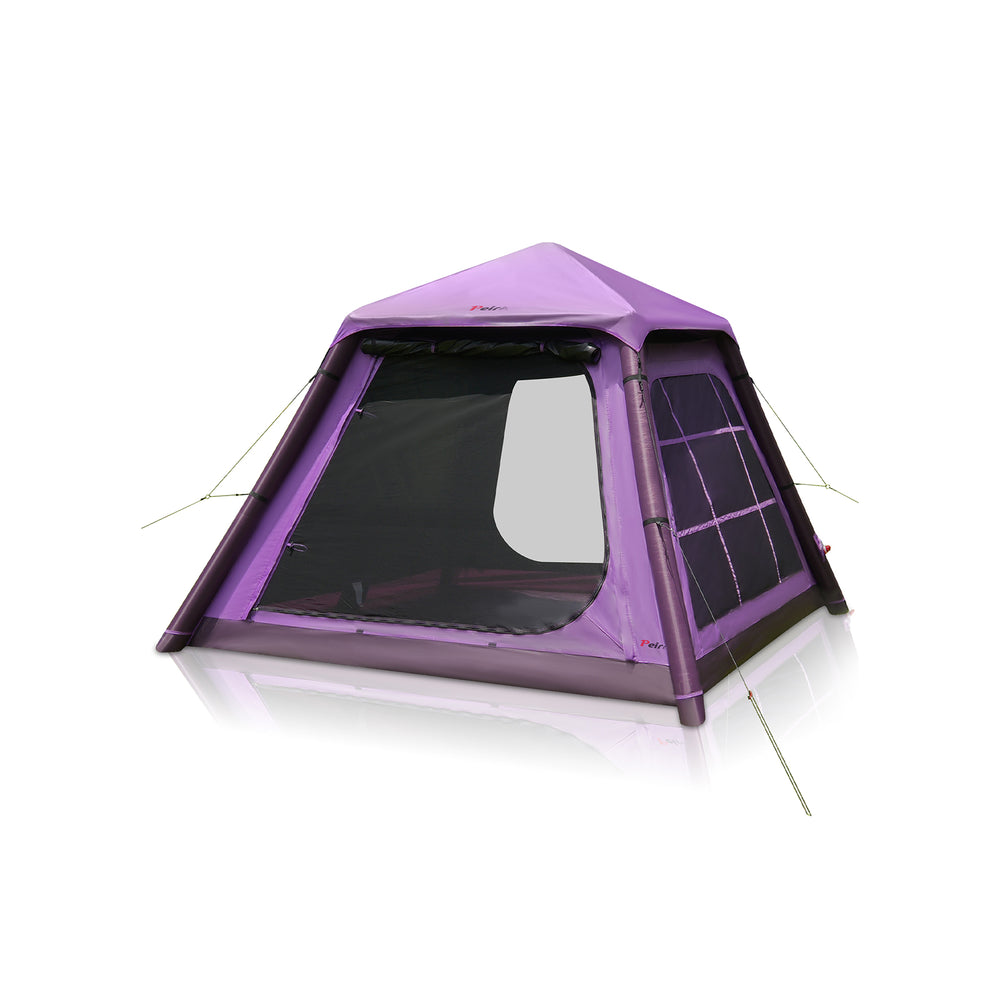
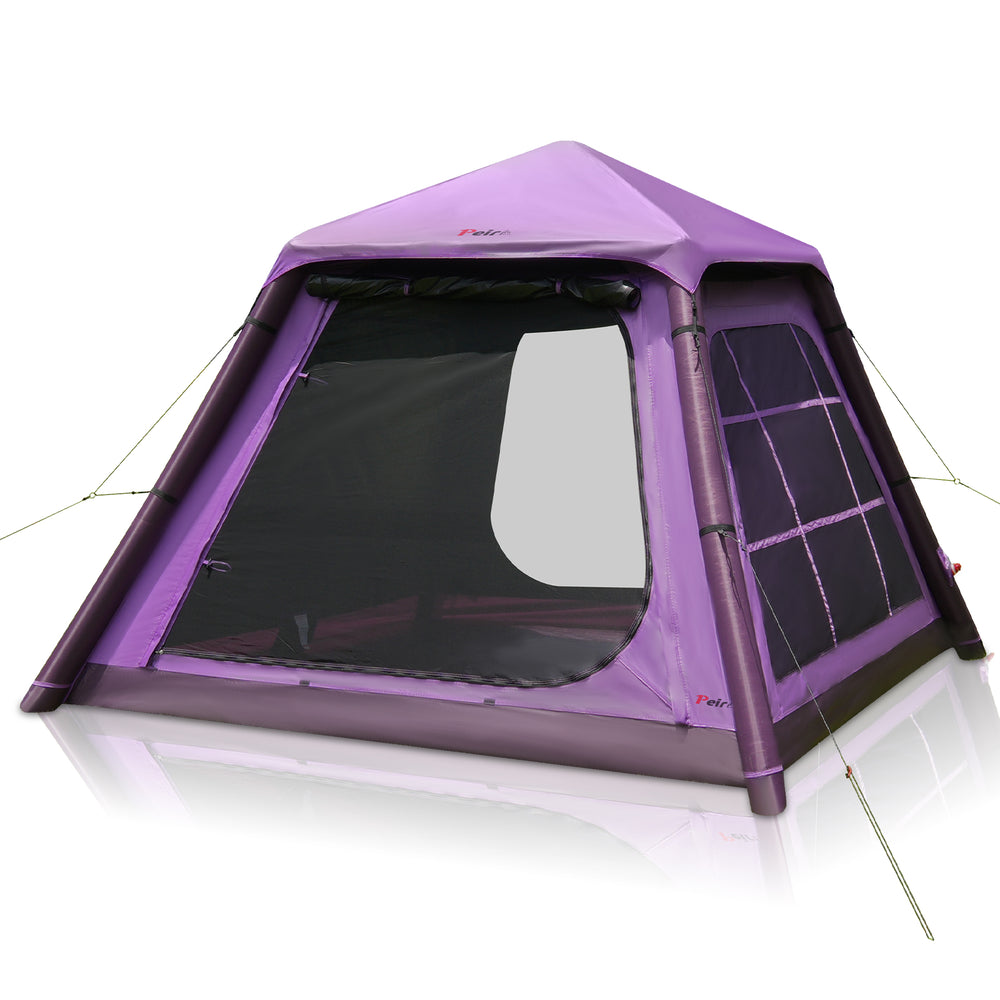
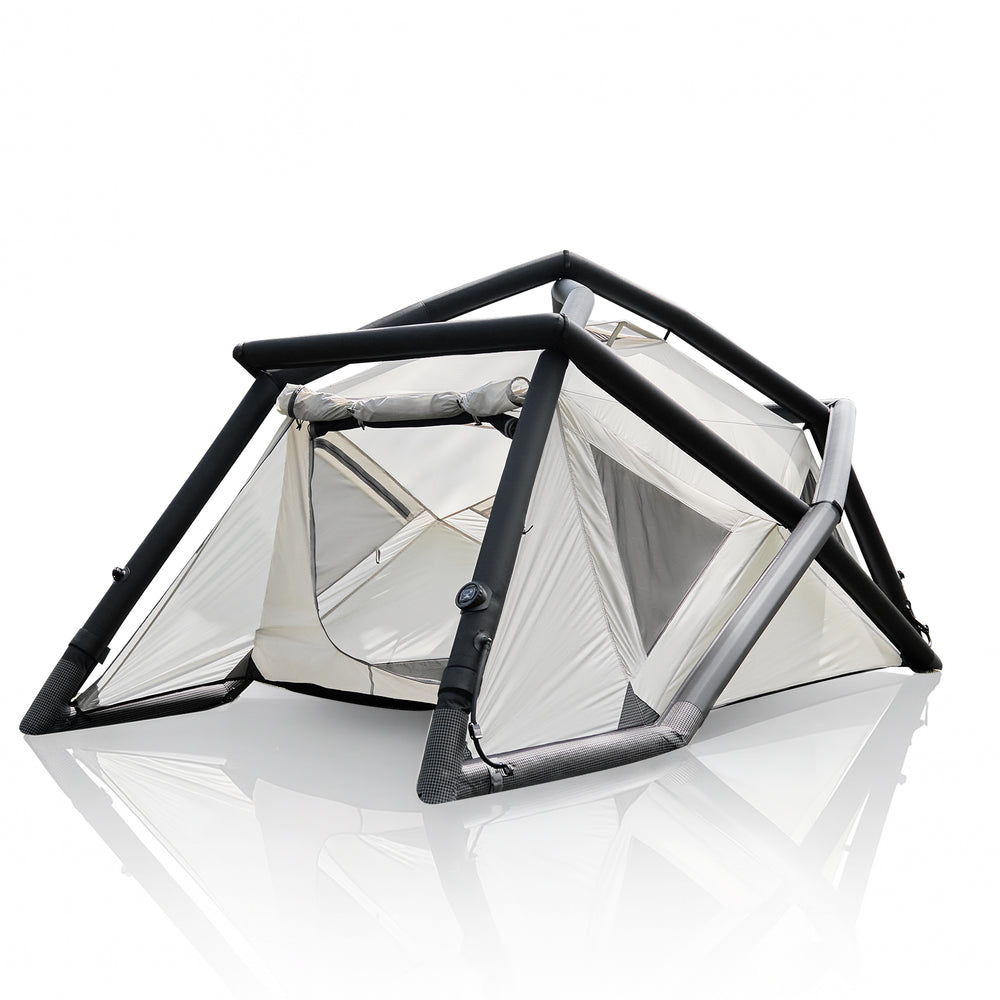
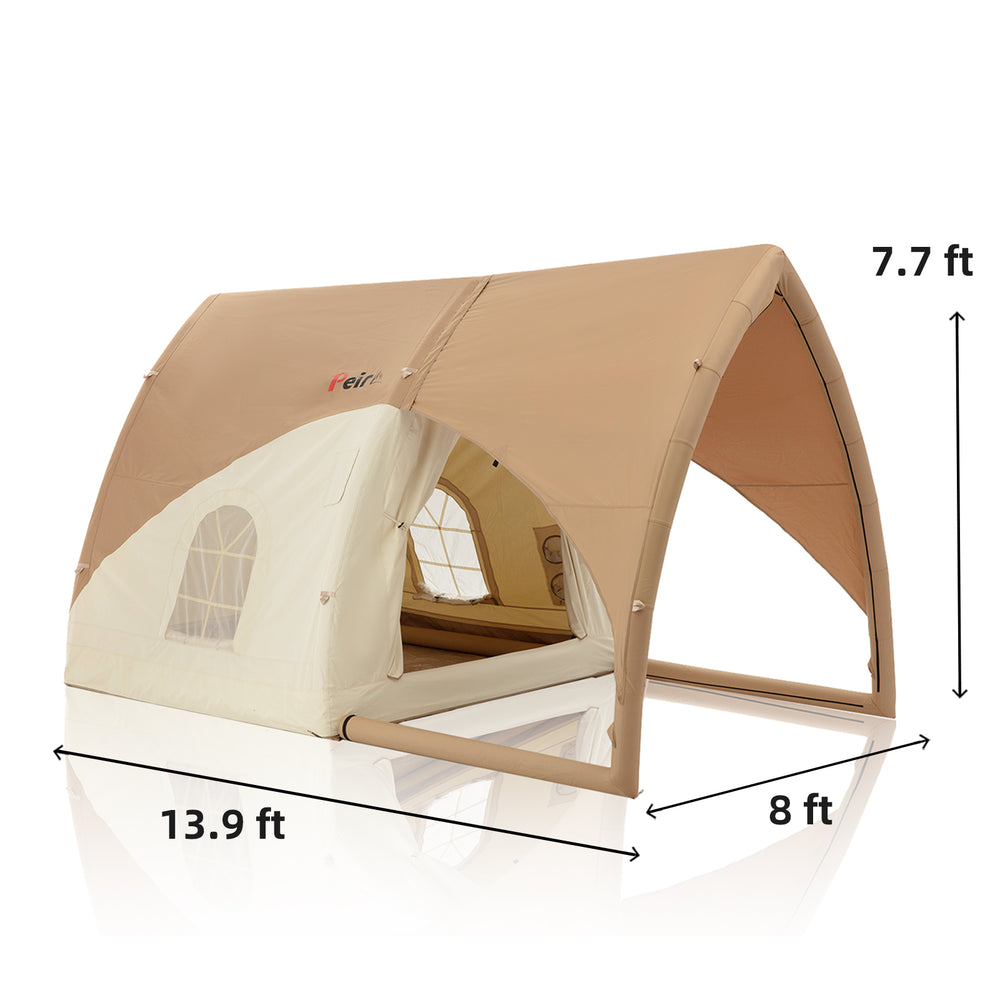 Peirhw Inflatable House Tent - Starry Night Love
Peirhw Inflatable House Tent - Starry Night Love
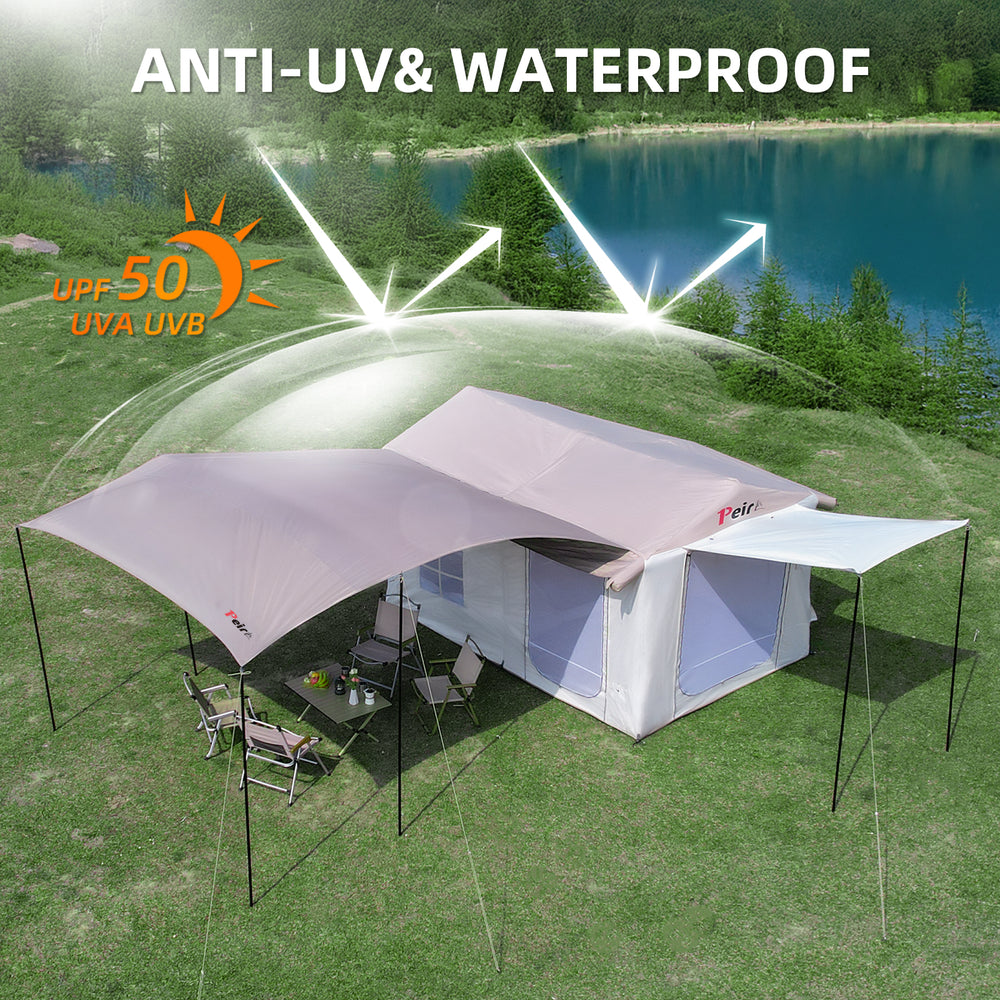 Peirhw Glamping Tents - Friendship Castle
Peirhw Glamping Tents - Friendship Castle
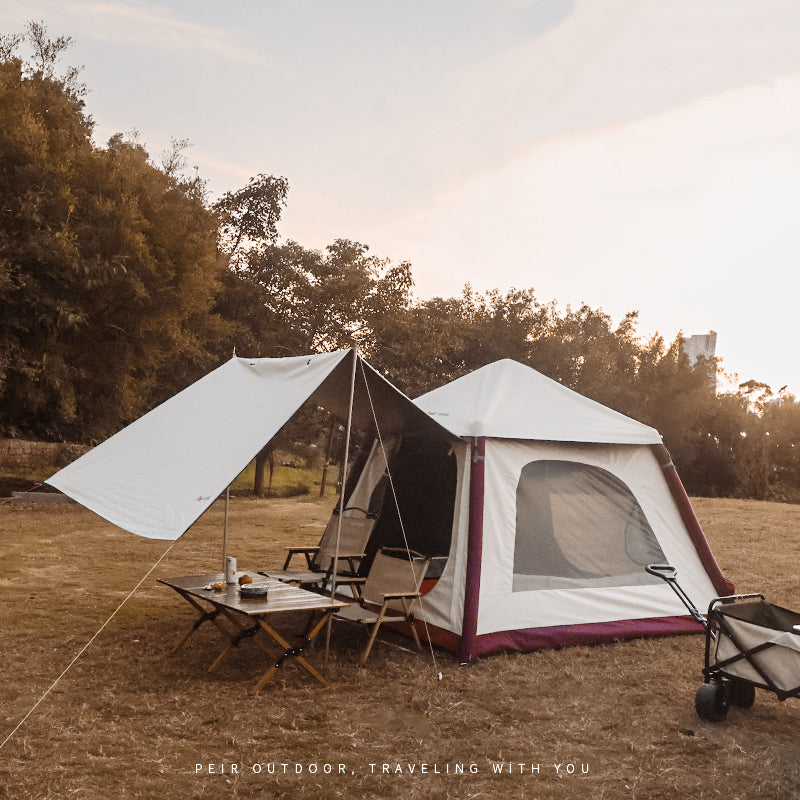 Peirhw Inflatable Canopy Tent - Adventurer
Peirhw Inflatable Canopy Tent - Adventurer
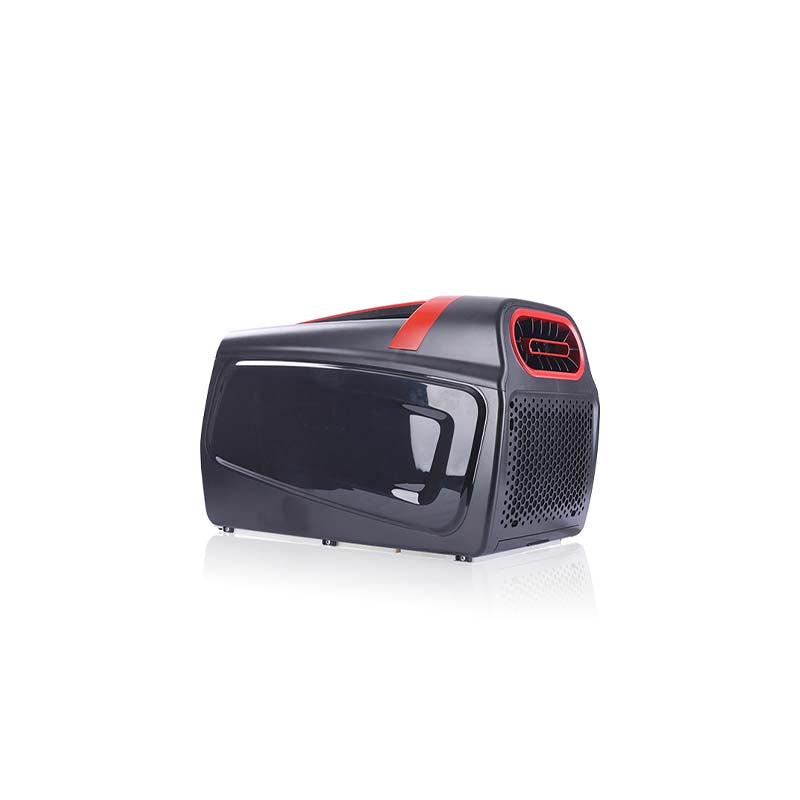
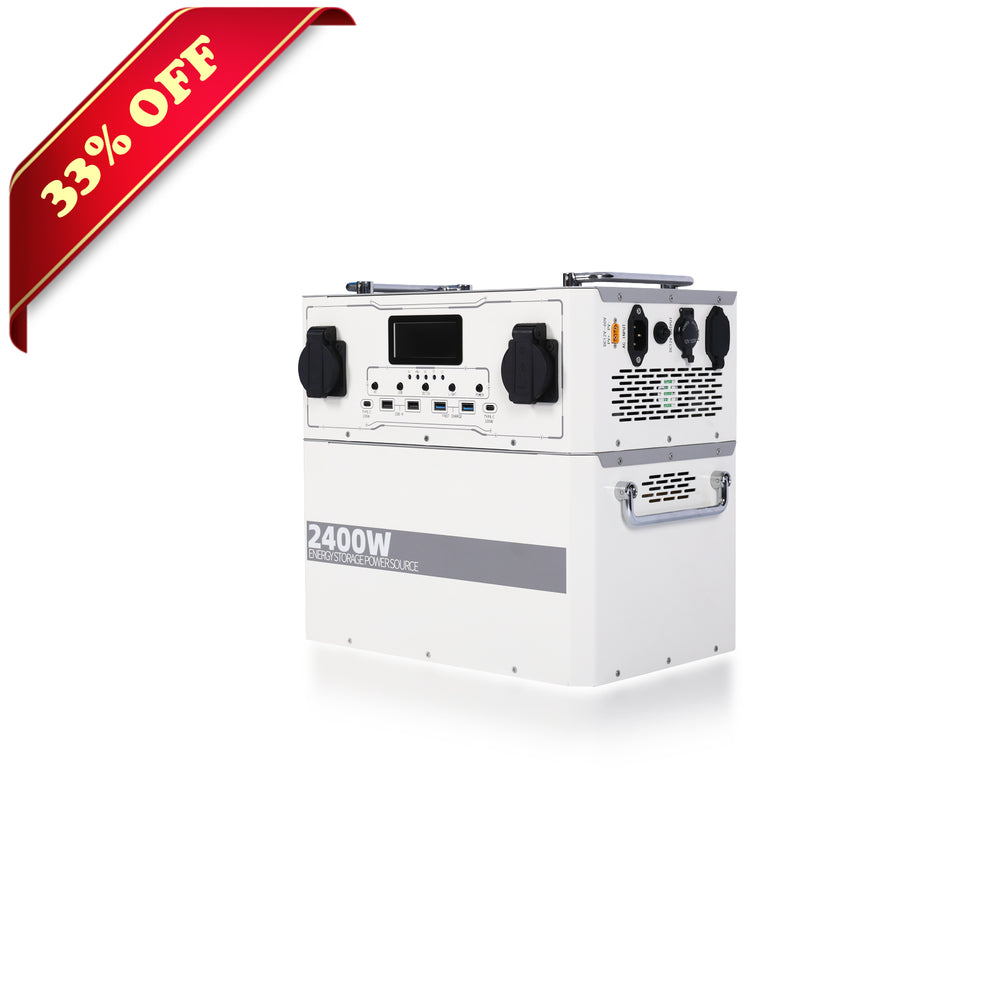
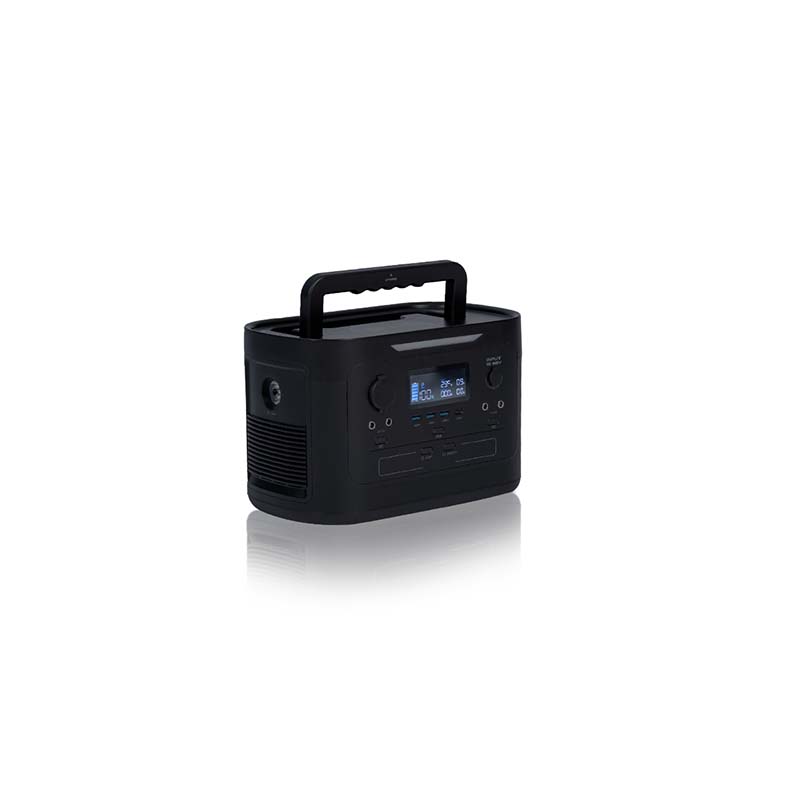
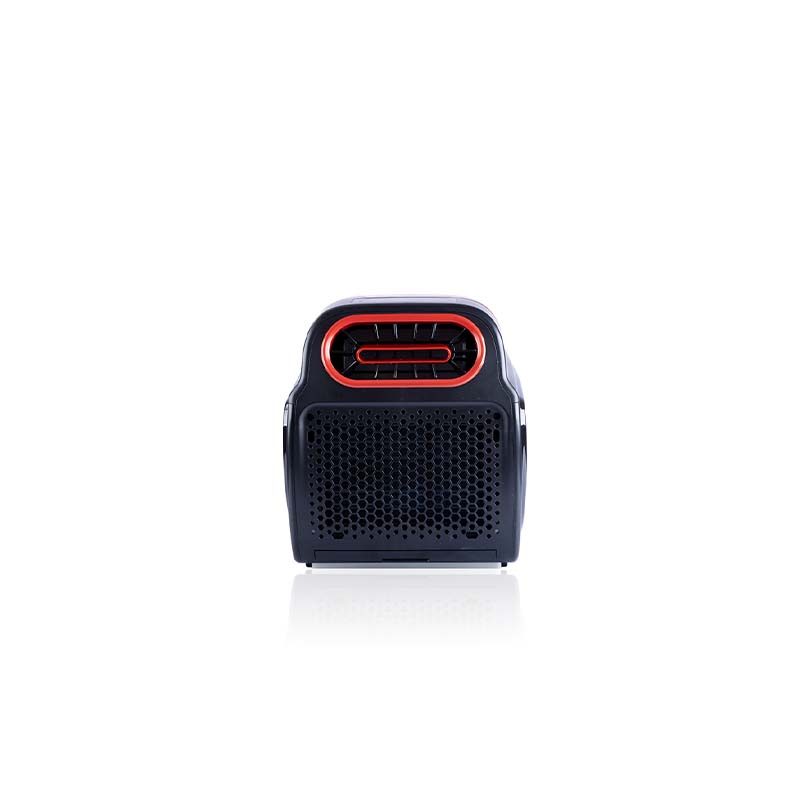 Peirhw Portable Air Conditioner
Peirhw Portable Air Conditioner
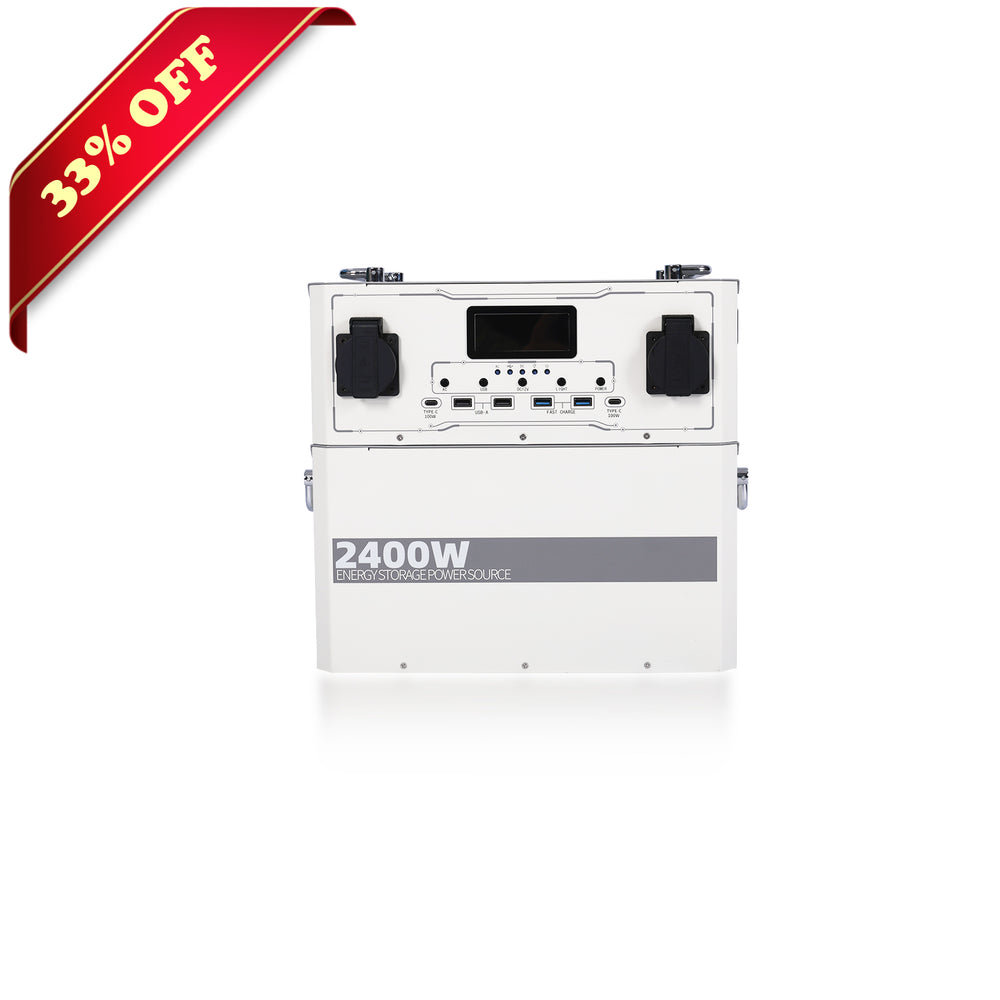 【Advance Sale】Peirhw Portable Power Station 2400W
【Advance Sale】Peirhw Portable Power Station 2400W
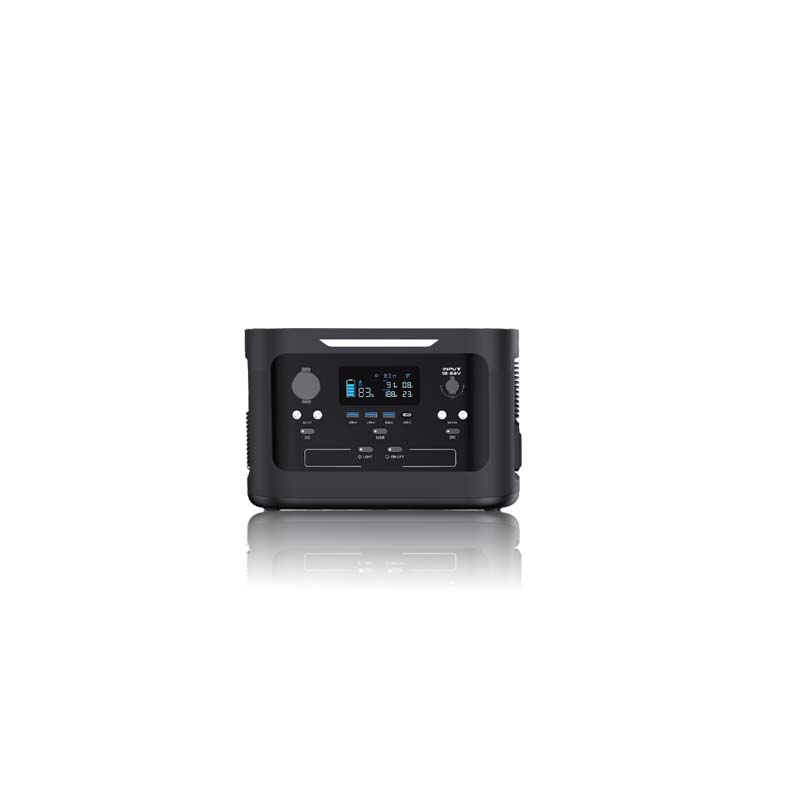 【Advance Sale】Peirhw Portable Power Station 600W
【Advance Sale】Peirhw Portable Power Station 600W
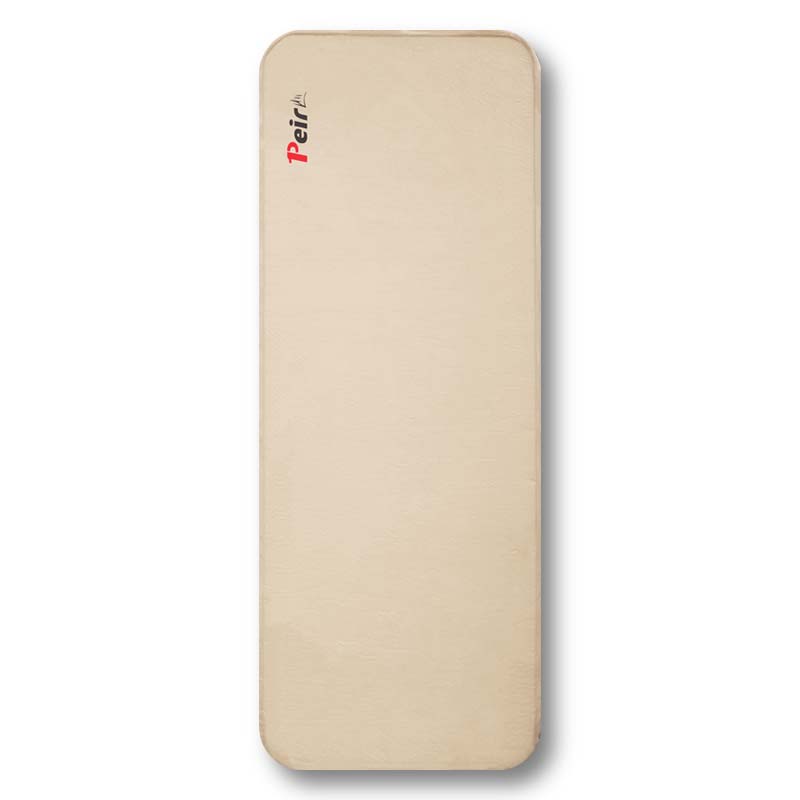

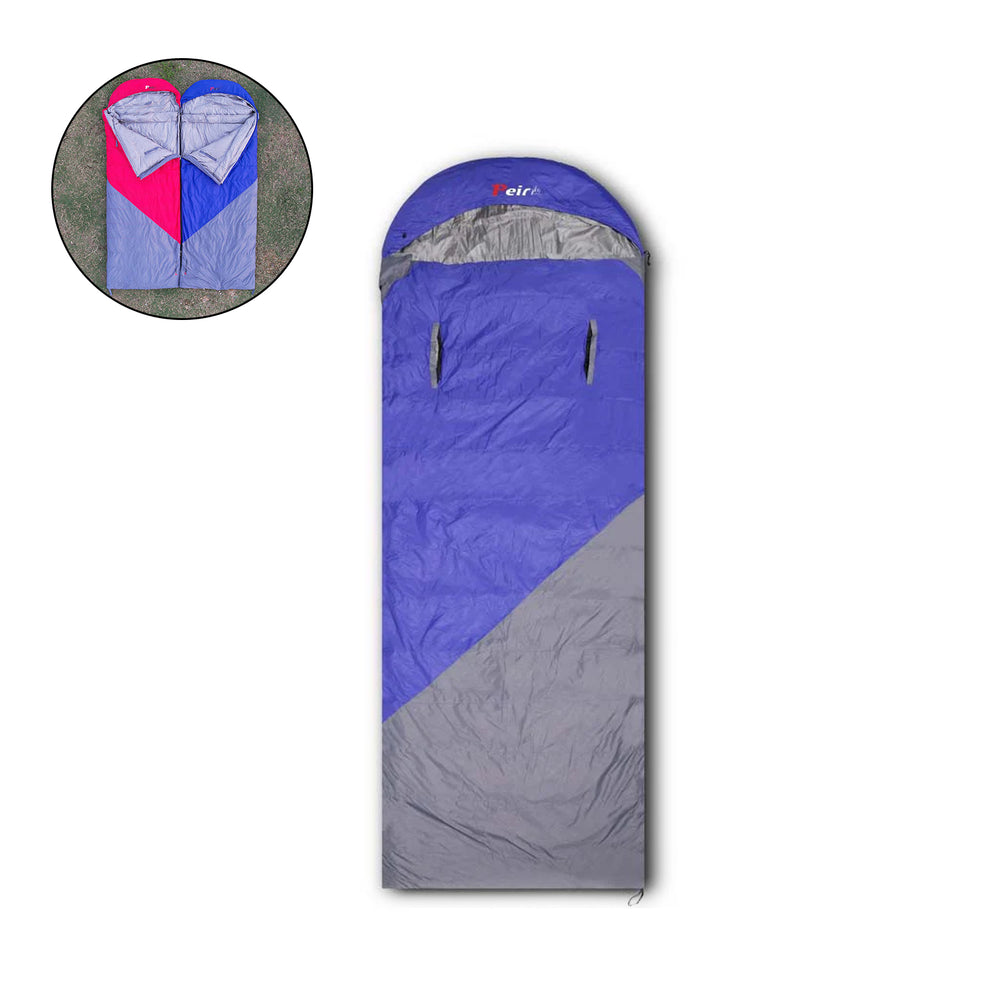
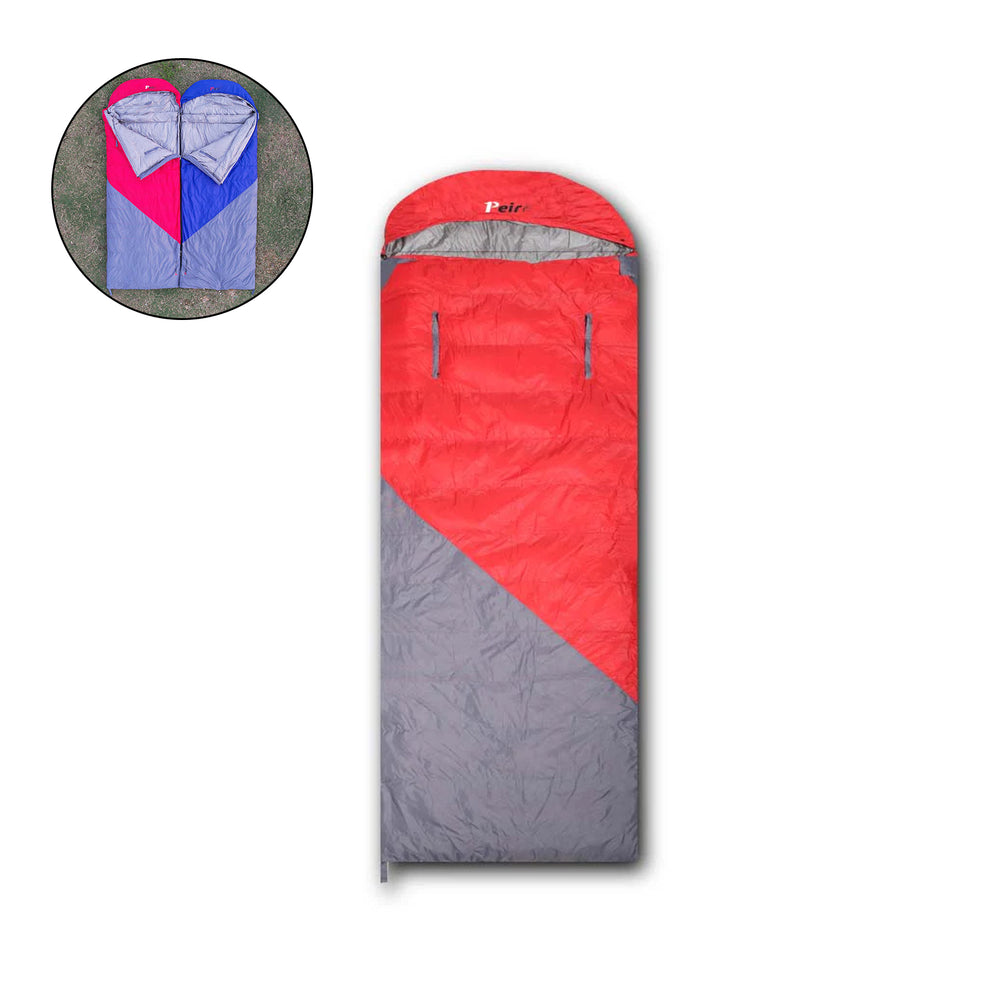
 Peirhw Self Inflating Sleeping Pad
Peirhw Self Inflating Sleeping Pad
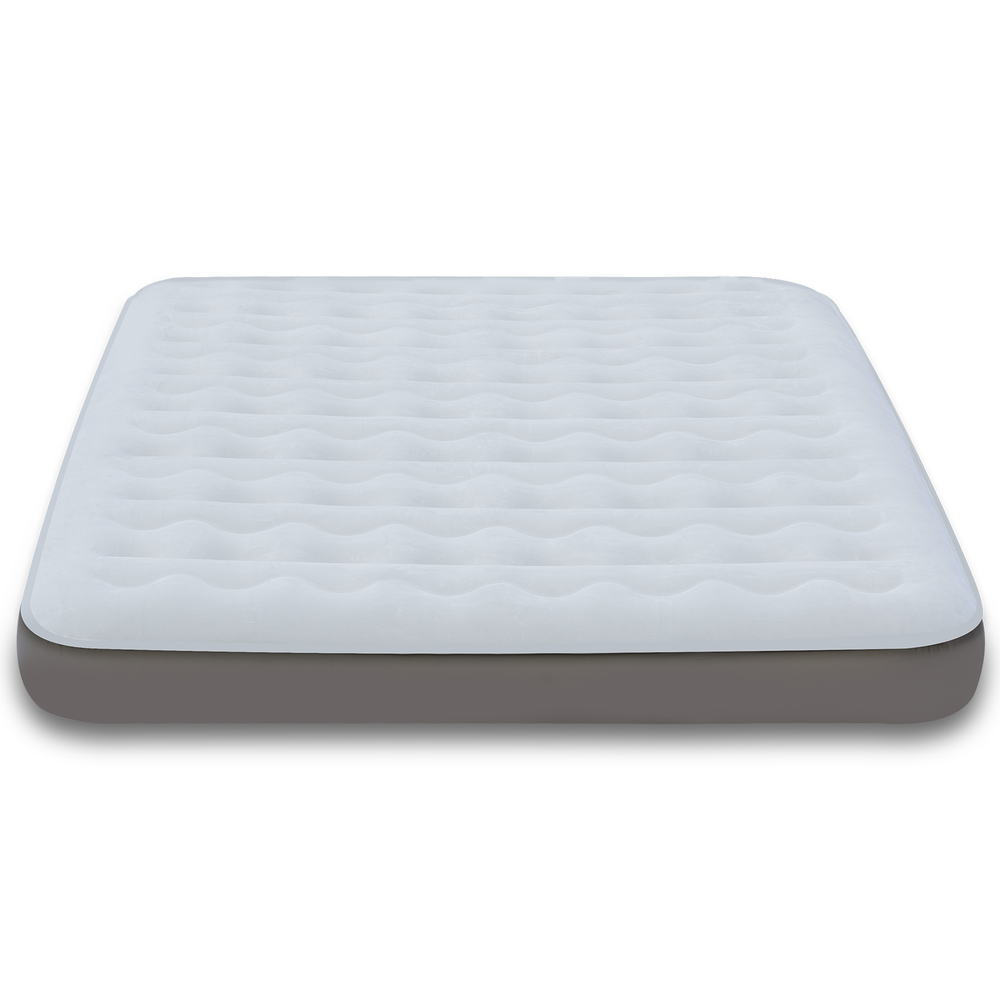 Peirhw Air Mattress (8" Queen Type)
Peirhw Air Mattress (8" Queen Type)
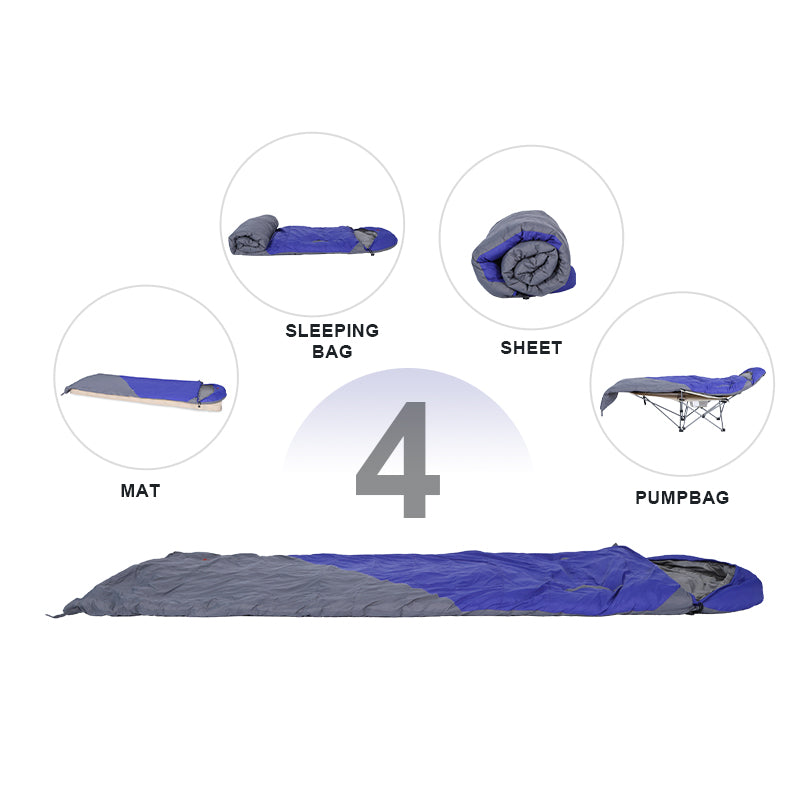 Peirhw Camping Sleeping Bag
Peirhw Camping Sleeping Bag
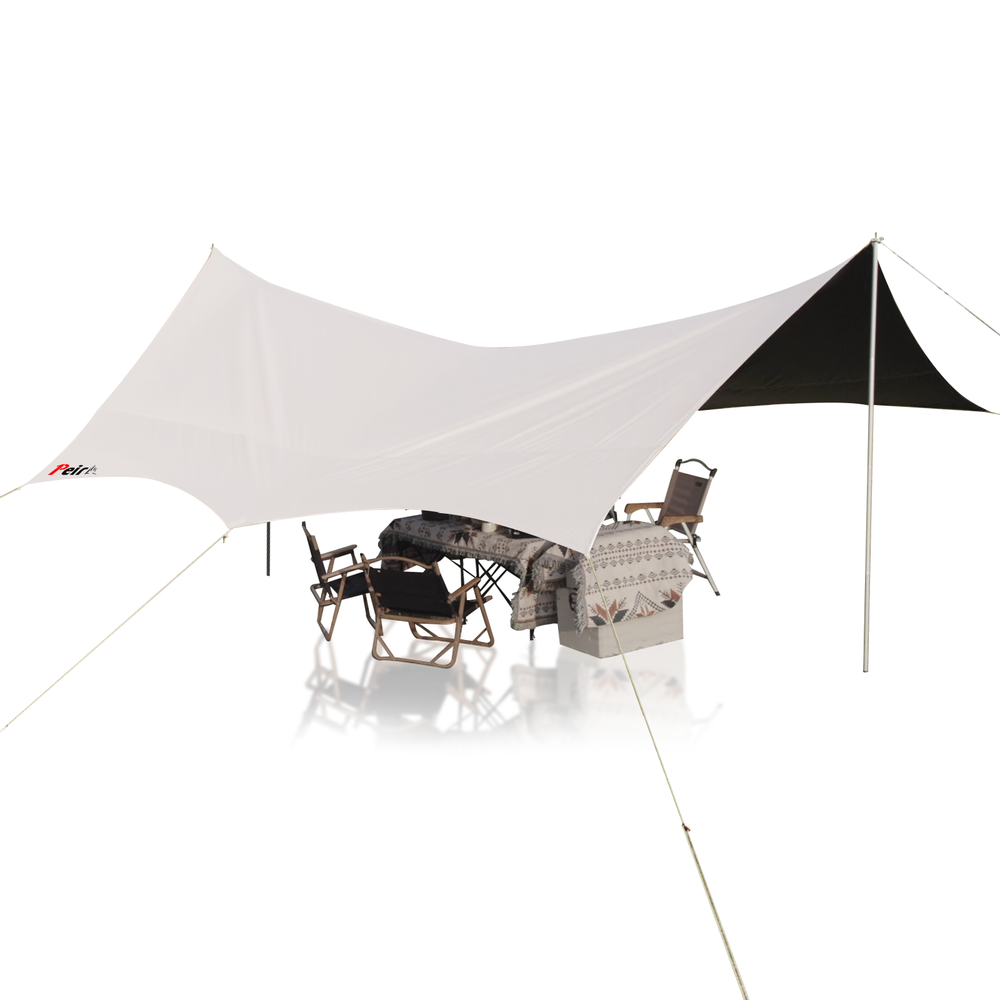

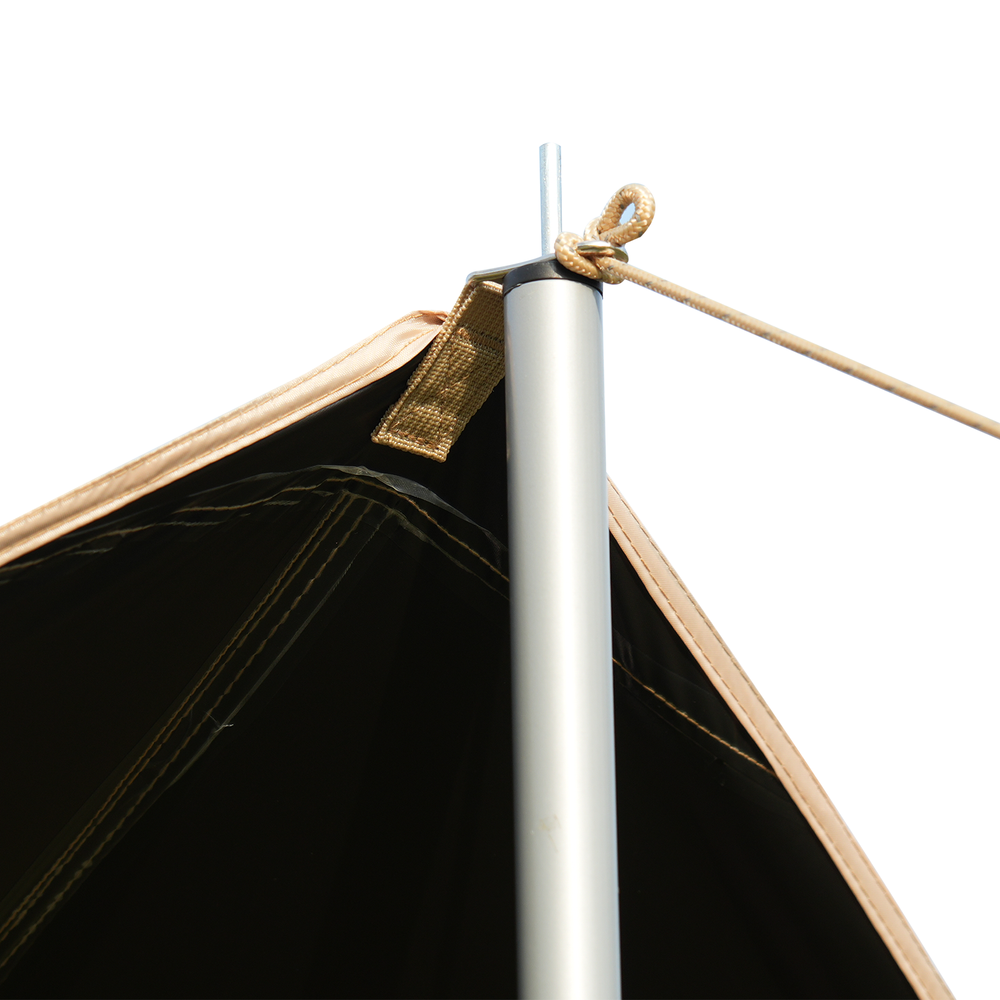 Peirhw Butterfly-shaped Canopy for Camping
Peirhw Butterfly-shaped Canopy for Camping
 Peirhw Camping Waterproof Canopy (Cannot be Purchased Separately)
Peirhw Camping Waterproof Canopy (Cannot be Purchased Separately)
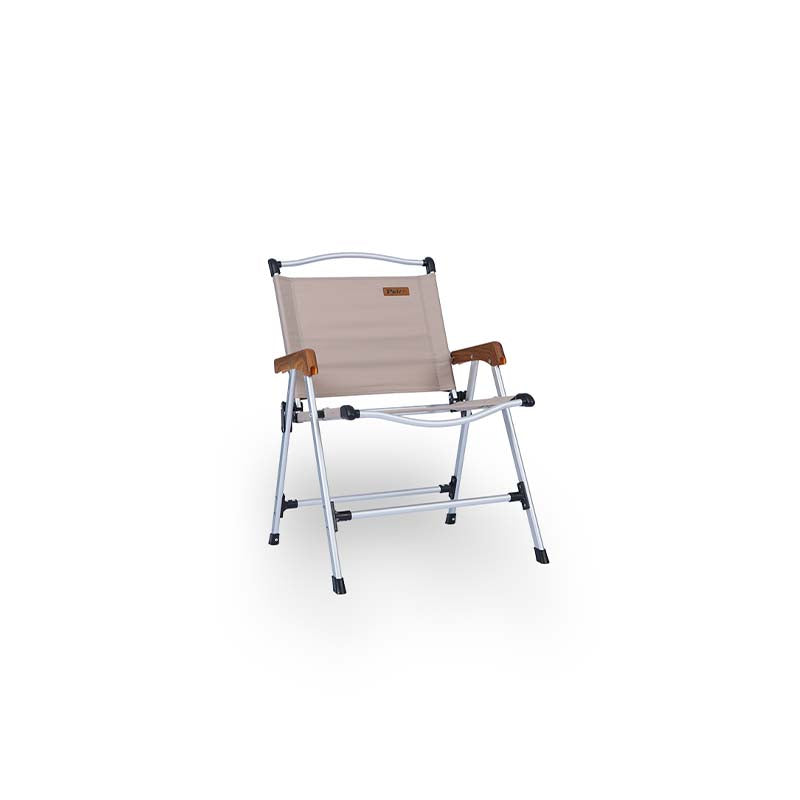
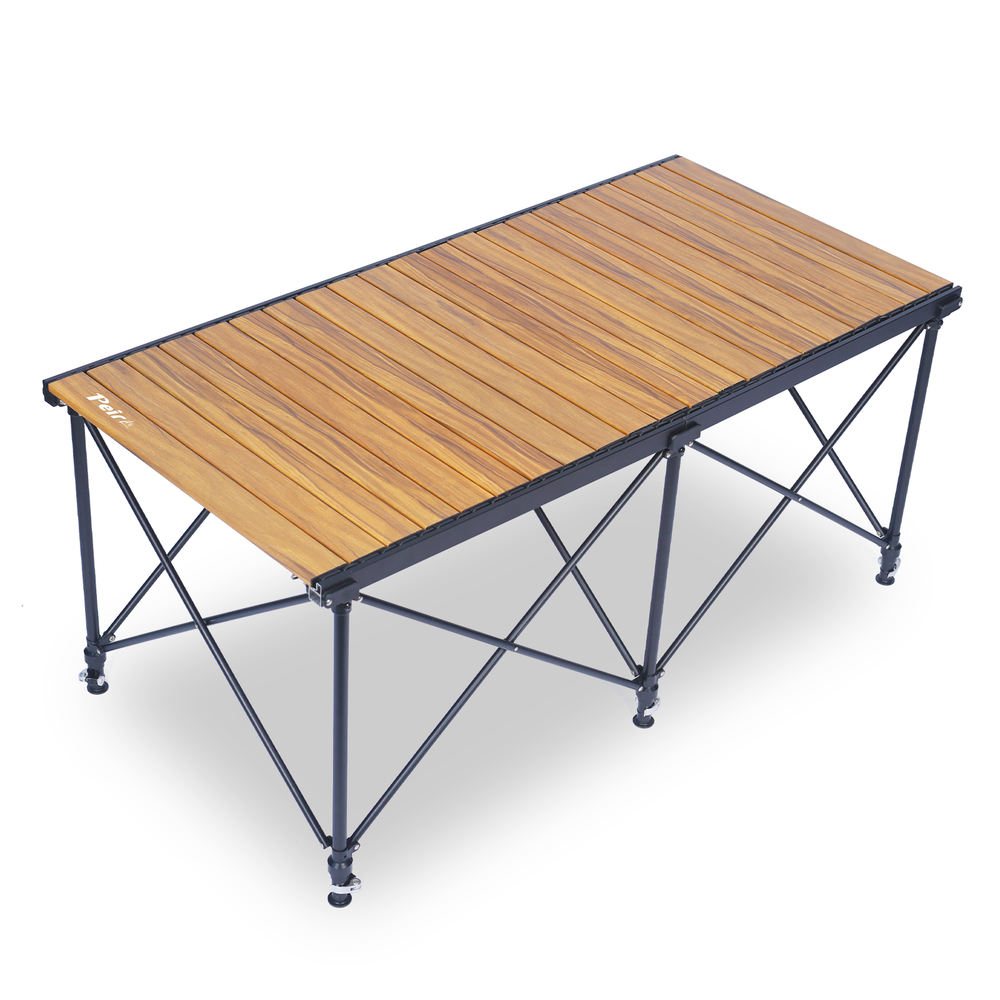
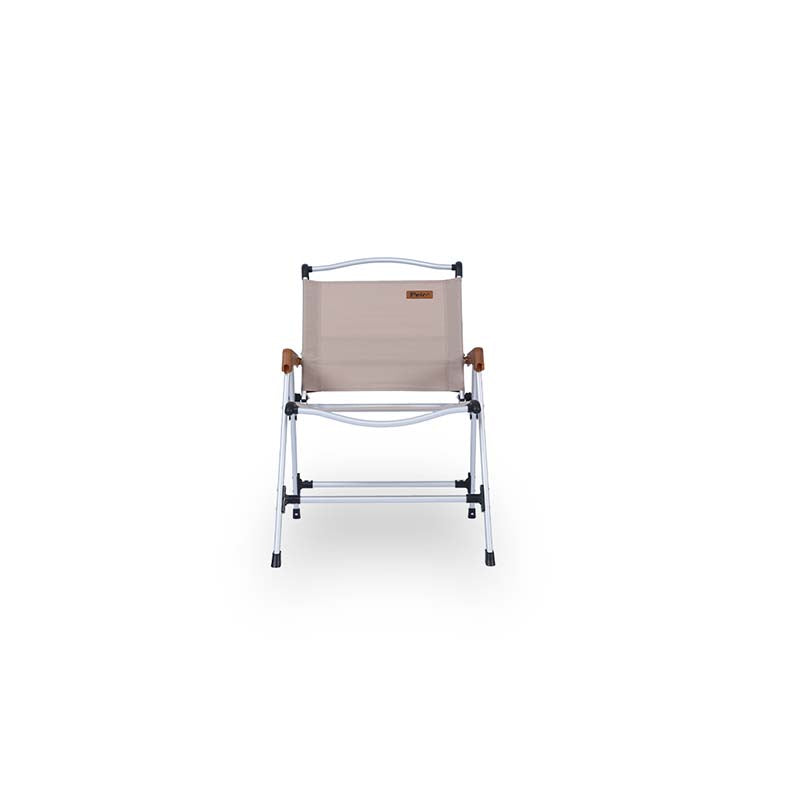 Peirhw Outdoor Folding Chairs
Peirhw Outdoor Folding Chairs
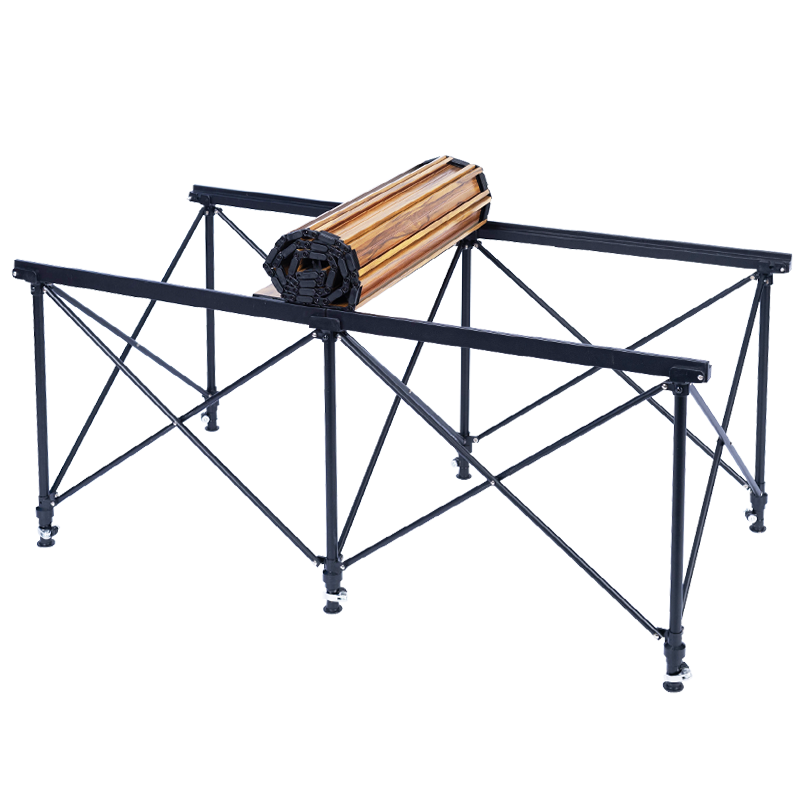 Peirhw Folding Camping Table
Peirhw Folding Camping Table





